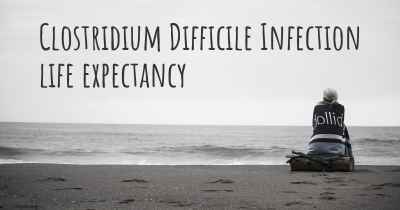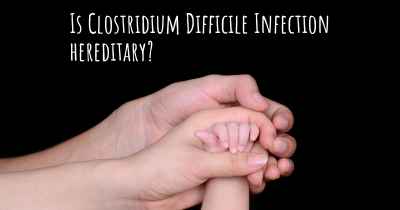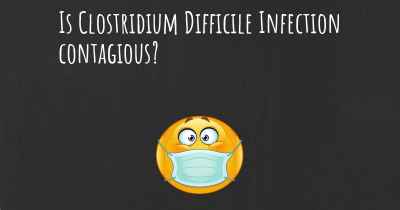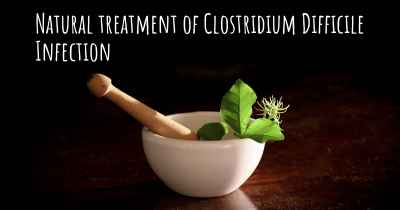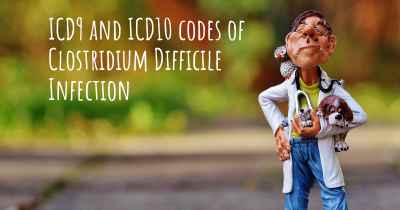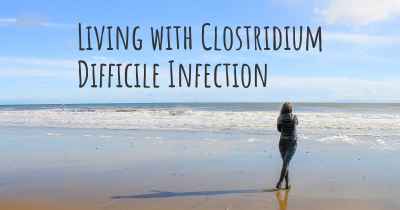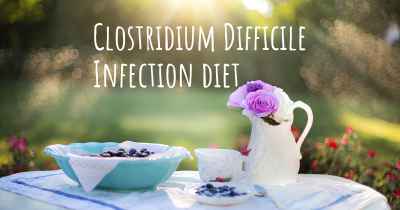What is the history of Clostridium Difficile Infection?
When was Clostridium Difficile Infection discovered? What is the story of this discovery? Was it coincidence or not?
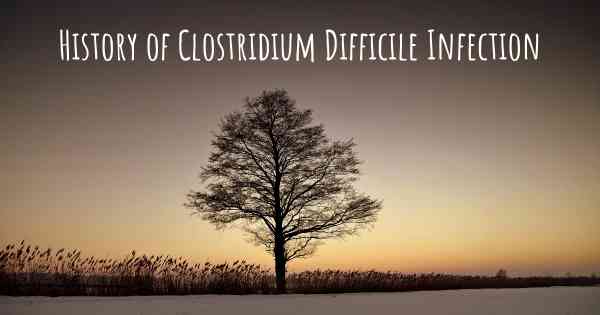
The History of Clostridium Difficile Infection
Clostridium difficile infection (CDI) is a bacterial infection that primarily affects the colon and causes severe diarrhea. The history of CDI dates back to the late 1970s when it was recognized as a significant cause of antibiotic-associated diarrhea.
Discovery and Early Understanding:
The bacterium Clostridium difficile was first identified in 1935 by Hall and O'Toole during a study on the intestinal flora of healthy newborns. However, it wasn't until the late 1970s that researchers made the connection between Clostridium difficile and antibiotic-associated diarrhea.
Antibiotics and CDI:
Antibiotics play a crucial role in the development of CDI. The disruption of the normal gut microbiota by antibiotics allows Clostridium difficile to overgrow and produce toxins, leading to infection. The widespread use of broad-spectrum antibiotics in the 20th century contributed to the rise of CDI.
Recognition and Epidemics:
In the 1980s, CDI gained recognition as a nosocomial infection, primarily affecting hospitalized patients. Outbreaks of severe diarrhea caused by Clostridium difficile were reported in hospitals and long-term care facilities worldwide. The infection was associated with significant morbidity and mortality.
Identification of Toxins:
In the early 1980s, researchers identified two toxins, toxin A and toxin B, produced by Clostridium difficile. These toxins were found to be responsible for the characteristic symptoms of CDI. Toxin A causes inflammation and damage to the intestinal lining, while toxin B disrupts the cytoskeleton of cells.
Emergence of Hypervirulent Strains:
In the early 2000s, a hypervirulent strain of Clostridium difficile known as BI/NAP1/027 emerged and caused severe outbreaks worldwide. This strain was associated with increased toxin production, antibiotic resistance, and higher mortality rates. The emergence of hypervirulent strains further highlighted the importance of CDI as a public health concern.
Improved Diagnostic Methods:
Over the years, diagnostic methods for CDI have evolved. Initially, the diagnosis relied on culturing the bacterium, which was time-consuming and had limited sensitivity. The development of enzyme immunoassays (EIAs) to detect toxins A and B revolutionized CDI diagnosis, allowing for faster and more accurate identification of the infection.
Treatment Advances:
The treatment of CDI has also seen significant advancements. Initially, metronidazole was the primary antibiotic used to treat CDI. However, due to the emergence of antibiotic-resistant strains and higher recurrence rates, oral vancomycin became the preferred treatment. More recently, fidaxomicin, a narrow-spectrum antibiotic, has shown efficacy in treating CDI and reducing recurrence rates.
Infection Control Measures:
Preventing the spread of CDI is crucial in healthcare settings. Infection control measures, such as hand hygiene, contact precautions, and environmental cleaning, have been implemented to reduce transmission. Additionally, antimicrobial stewardship programs aim to optimize antibiotic use and minimize the risk of CDI.
Continued Challenges:
Despite advances in diagnosis and treatment, CDI remains a significant healthcare-associated infection. The emergence of new strains, the persistence of spores in the environment, and the potential for recurrence pose ongoing challenges. Ongoing research and surveillance efforts are essential to combat CDI effectively.
